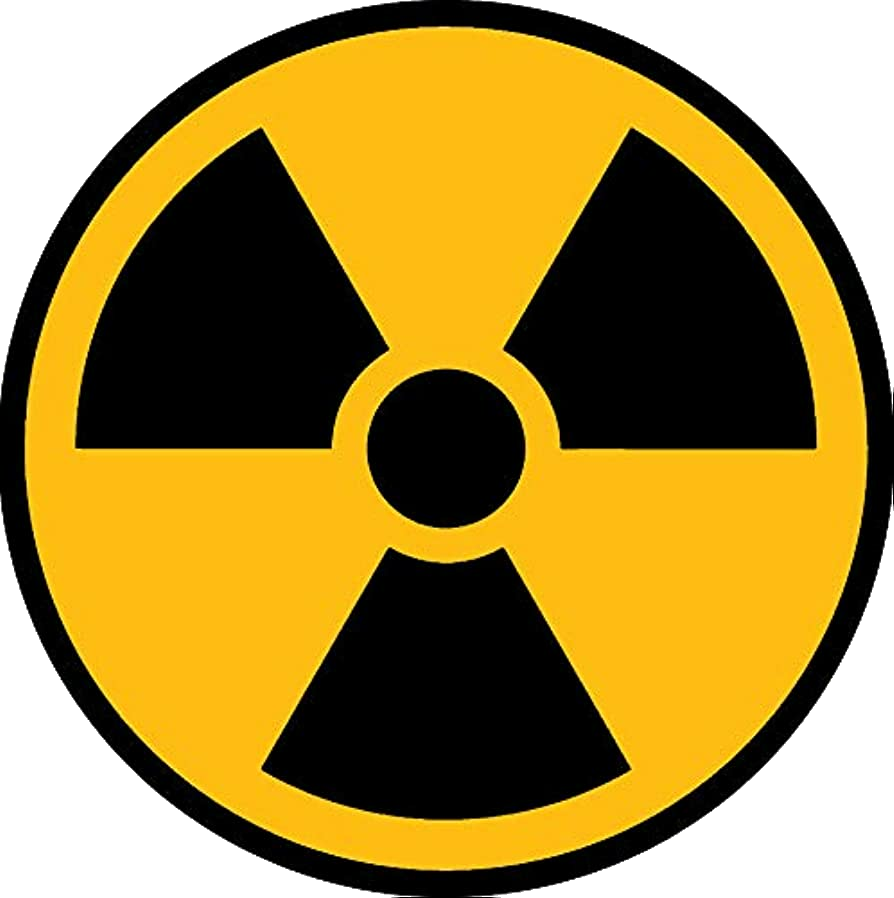A general discussion on the historic threat of nuclear weapons, the impact a nuclear attack would have on the United States, and technical details and background on the simulation models.
This simulator maps the effect of a single nuclear bomb on an individual target. Using open-source physics and weapon models, it provides a simplified view of the aftermath of the detonation.
You can target any city with over 20,000 people in the US. Air detonations are assumed to detonate at the optimal altitude for maximum impact. Surface detonations will generate a fallout cloud, which the simulator models using prevailing wind patterns for the selected target.
This simulation should be treated as a rough approximation. In a real attack, many variables and random events will influence survivability. For example, heavy rain would diminish impact in outlying areas, whereas a clear day would do the reverse. Topography can also play a role in accentuating or diminishing the blast wave. Read the paper above for additional details.
This simulation will run on any device. However it's easier to view on larger screens (pads or desktops).
What would happen to the United States during a nuclear war?
Using unclassified documents on nuclear targeting and open data on the physics of modern weapons and fallout patterns, this simulation models what would happen if approximately 1,100 warheads (~7% of the world's arsenal) hit the United States. This is a realistic simulation based on hard science and known targeting strategies. That said, it should be treated as a rough approximation of a single scenario - a real attack could take a myriad of forms, some less destructive than this model and some far more. This particular simulation might be considered a medium-level strategic attack.
The attack lasts two hours and strikes hundreds of military, government and economic targets. It comes in two waves, a first wave that destroys government and military installations followed by a broader second wave against population centers.
One second in the model is equal to one real-time minute, thus the total runtime is 120 seconds. As the simulation runs, you can click any marker icon to expand the map and see more detail, including summary of damage per state.
Because it requires some heavy math, this simulation might not run to completion on older iOS devices. Beyond that it should function on any device, but it's easier to view on larger screens (pads or desktops).
Database of all nuclear targets in the above simulations. Includes target name, category, coordinates, weapons used, and type of detonation.
